The Traka has grown from being an under-the-radar/locals-only gravel event, to being one of the largest and best-known in Europe. Unlike in previous years, the weather in the run-up to the latest version of the event was appalling, with torrential rains resulting in widespread flooding. Despite the a-typical weather, the 360 km version of the event went ahead as planned and Jorge Padrones was there on the start line. He sent in this great write-up of what it was like to take part.
“Today is the day, Today is your day, respect the mountains, respect nature, make your dreams come true. Welcome to The Traka 2024.“ These were the words from Gerard Freixes, the co-organiser of The Traka on the start line. It was not a marketing or motivational speech but was what we were going to feel during the next 360 km - a total integration between ourselves, nature, the mountains and our own thoughts for hours on end.
The Traka this year was especially hard and unpredictable - for many days beforehand it had rained without stopping and in big quantities. The organisers took the difficult decision to cancel the 560 km distance as it was not safe to ride in the Pyrenees with big thunderstorms. The rain left the terrain muddy and wet, making it more technical as we had to pass very slippery terrain and was more difficult to advance on the bikes as the terrain was heavier.
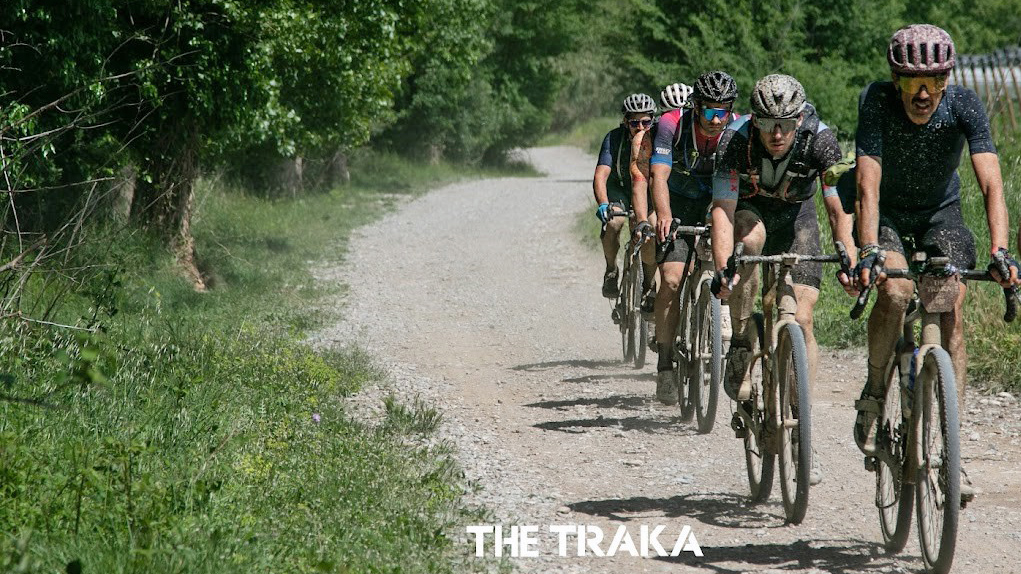
I was quite nervous, as despite having participated in many races around the world, this was the first time I had signed up for a long-distance race. I was also coming straight from a very active period of racing, having raced at my top level for the last six consecutive weekends, which is quite a lot for an amateur rider like me. Maybe this is the first thing you must overcome in these types of races - your fears.
It is a strange feeling. Nothing in your life is going to change if you are not able to make it and we are doing this for fun, for enjoyment, to challenge ourselves, so why should we have fears? This is usually one of my main thoughts when I face something really challenging on my bike. I was here to enjoy the experience and if for some reason I could not finish it, there was no problem as long as I was able to enjoy it.
It was my first time in Girona, the epicentre of the Spanish gravel experience. During The Traka week, you probably see more cyclists than pedestrians on the streets. There is a huge cycling culture in Girona with the city full of nice cafés, posh bike shops and a great cycling ambience all around. During The Traka week, it is usual to go for a coffee and to bump into one of your gravel riding contacts having coffee in the same place. You have a good chat with them and despite the fact you are normally competing against them in other races, it’s just like a meeting of old friends. Even if it is your first time in Girona, you feel at home. The Traka is not a race (or a series of races of different distances as you have 540, 360, 200, 100 and 50 km) but it is also a festival full of activities throughout the whole week, it is worth coming here for the whole week.
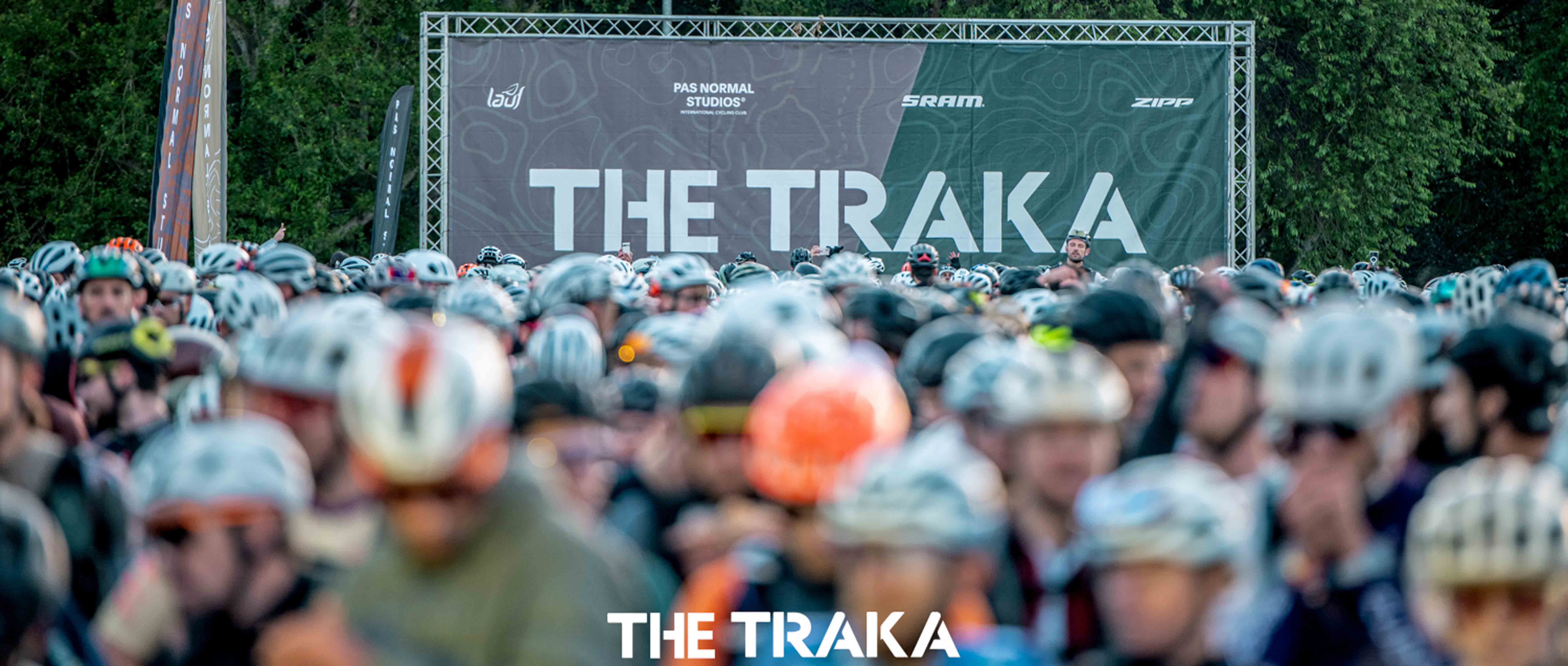
Participation is mainly international, so don’t be afraid of any language barrier, as English is the main language in The Traka (and Girona) throughout the week. In the days prior to the big races, there are social rides where you can meet more people and you start to realise why Girona is the capital of gravel riding. It has all the ingredients to be the perfect place for gravelling, very smooth surfaces, flats, hills, and beauty.
The day before a big race is always a manic day. You try to get everything ready for the race and you always have that strange feeling that there is something you are missing. You have to make time for event registrations, a bike check, an early dinner (quite difficult for a Spaniard) and going early to bed as we will be having a 7 am start. Fortunately, the organisers decided to move it one hour later than the usual 6 am start due to the wet conditions of the trails.
On the start line, it was a cold morning, but we could take some extra clothes as later on at the feed stations we would have access to our “life bags” where we could leave the extra clothes in case it was warm or take some other stuff we would be needing.
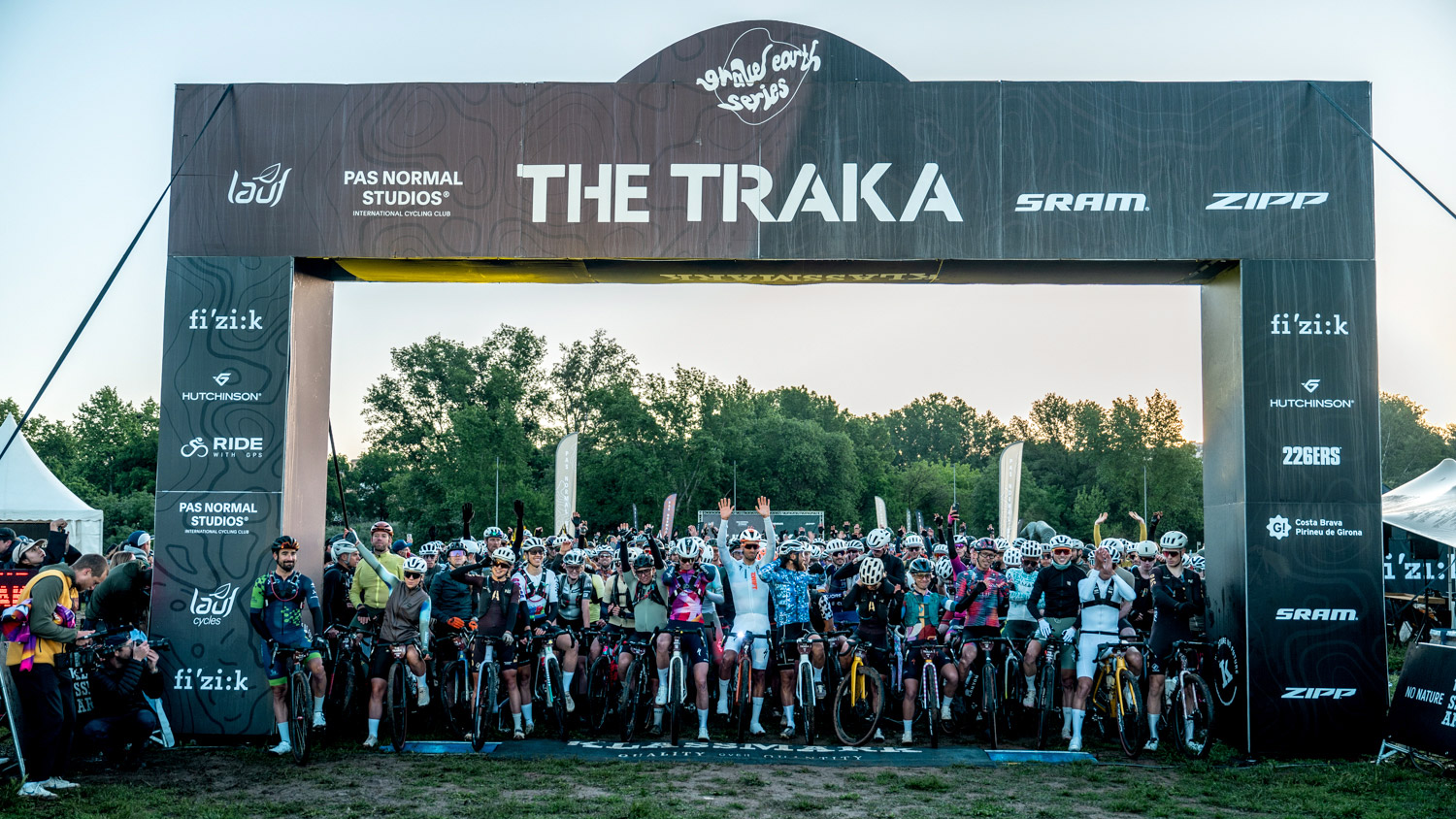
The words from Gerard preceded the neutralised start Very soon we were in the countryside of Girona facing what would be the first big climb of the day - almost 15 km climbing to warm up, most of them on tarmac. I was impressed by the pace – it seemed to me that everybody was going full gas despite having 360 km of gravelling ahead of them. Later when speaking to some of my friends who were riding at the front of the race, they said it was like an MTB XC race start when people just race for one hour. As I was having doubts about my endurance for the full 360 km distance and in the last races, when going full gas for a long time led me to suffer from cramp, for once in my life I was able to keep my own pace - an easy but not slow pace. I tried to isolate myself from the competitive mood of the other riders when they were passing me and forced myself not to hold wheels that were going faster. It sounds easy to do but is not!

It was a beautiful morning and as we climbed the first green hills, we could see the sun rising and shining after one week of raining. My strategy for the day, after so many weeks of racing hard, was to enjoy the views and the course. I could not hide that I was having a smile on my face while climbing.
After the climb, some mixed terrain led us to the first feed station at Km 110. There were some puddles and muddy patches, but this mainly flat section in the Girona province had a good surface that allowed small groups to form. At the first feed station, we could refill our bottles and the feed station was very well stocked with a variety of food, from fruits to pasta and drinks. There were even places to have a proper meal while seated at a table if you wanted. For me, it was just a brief stop to refill - I grabbed some food and continued onwards, as longer stops make it feel more difficult to start again afterwards.
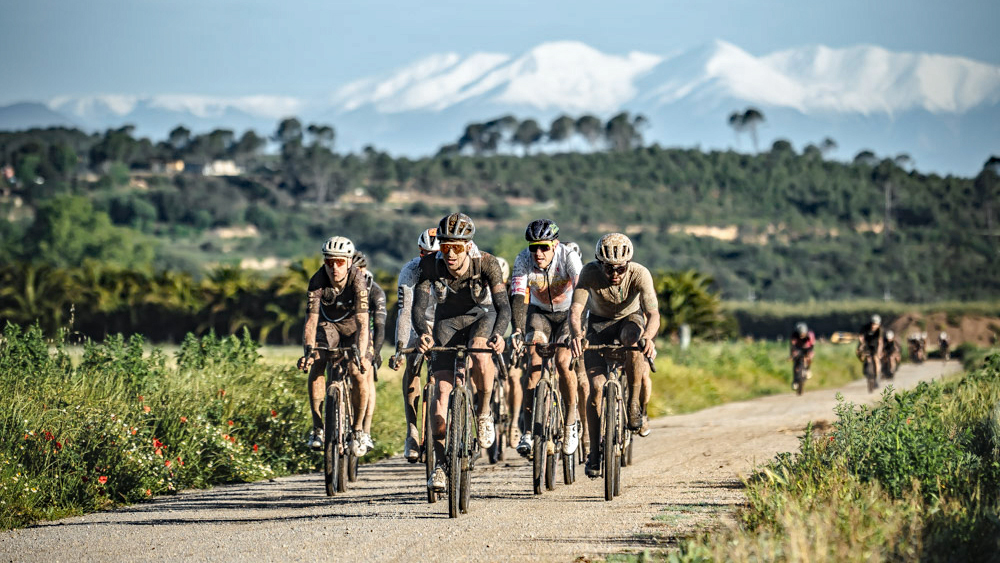
After the feed station, we could see a sign saying “Welcome to the real Traka” as the mountains were starting. We had a stretch of 30 km climbing with some descents in the middle. There were plenty of stunning views over the Mediterranean Sea and the Costa Brava. I had to stop to take some pictures in places as it was so beautiful. I continued with the same pacing strategy, having a comfortable but not easy pace trying to stay in the middle zone and not pushing too hard. I have to say this was one of the parts of the course I enjoyed the most.
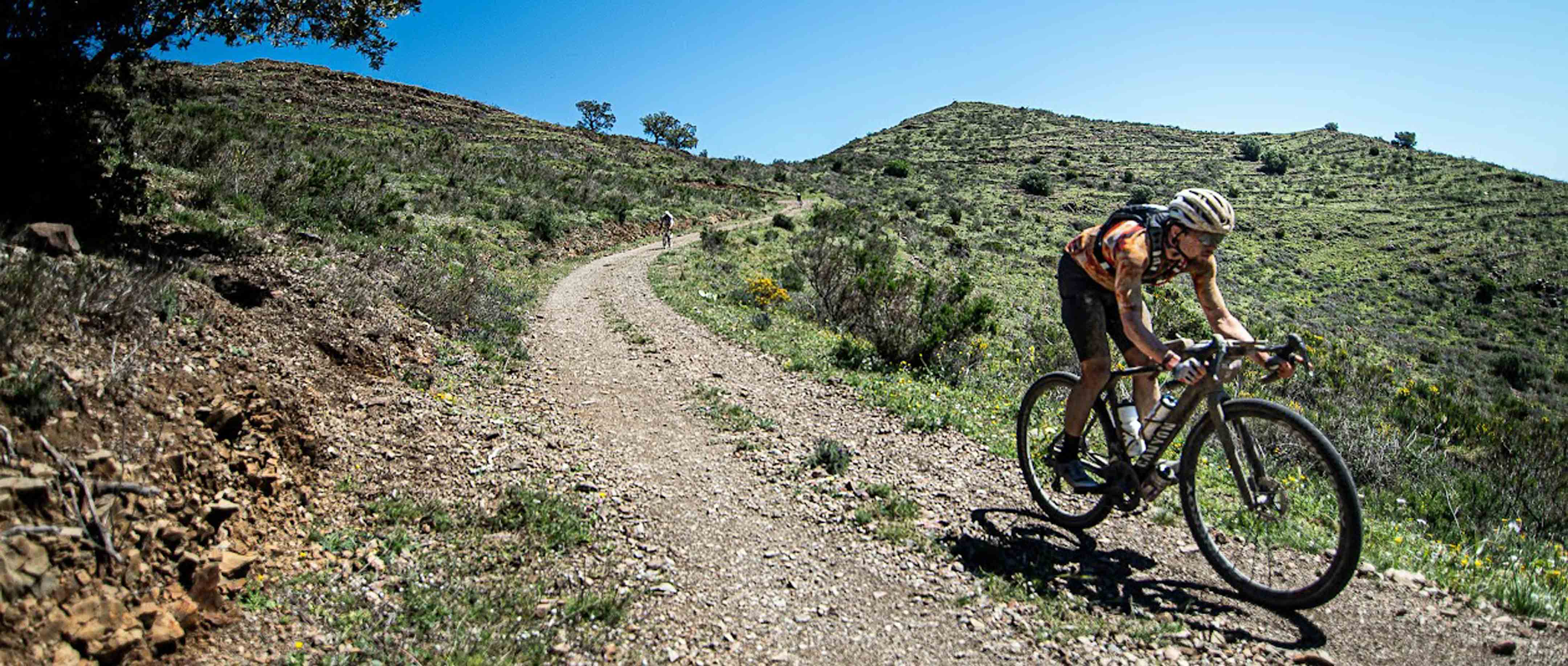
After a descent, we found Feed Station 2 where we had to gather water and food enough for the next 4 hours at least as the next feed station was a further 100 km ahead. At this point, we already had 160 km in our legs and these were the central hours of the day. Here my strategy failed, as I did not have a hydration vest, something that was essential in this part of the course. When I arrived at the next feed station without any water, I was thirsty and slightly dehydrated and was feeling very tired. This section was flat with a strong headwind which made it advisable to be in a group. Sometimes this was difficult as the pace was not constant - people were constantly attacking, not everybody was able to take a turn and for me on the flat is where I suffer the most.
I’ve heard that everybody goes through some dark patches in long-distance races and now I know how it feels. Only the idea of getting to the next feed station, where we would be starting to climb again, but which was “only” 100 km away from the finish line, kept me alive and pedalling into the strong headwind. I had to put in place another of my strategies when I am suffering and I want the kilometres to pass more quickly - I don’t look at the distance. I have a screen on my Hammerhead computer on which I can see the map, my speed, my heart rate etc but not the distance completed, as I find it very stressful to see that the kilometres are not passing by or they go very slowly. I just focus on pedalling. In the end, I have to pedal until the next point regardless of the distance already covered, so why stress myself seeing that the kilometres are passing by very slowly. I realise this is like fooling myself, but it works for me!
The next feed station was like some kind of magical apparition. It is a very strange feeling when you think about it afterwards, to feel you are almost about to finish or that most of the race is already done when you have still some 100 km to go. At one point in my life, 100 km used to be a long race, particularly with more than 1000 meters of climbing still to do, but that is the way I felt. After having some water, a coke, more water, some food and a gel I felt good again. From that point onwards I started to recover and felt better as the kilometres were passing. At some point, we faced the last big climb of the day - 7 km non-stop through a beautiful pine forest followed by some ups and downs in this mountainous area, before we arrived at the last feed station for the day, which was located at the 70 km to go point.
My mood was improving by the minute and my body was starting to feel energised again, up to the point that in the last part of the course, I was able to keep pace with and even overtake people that a couple of hours before I was not able to keep up with.
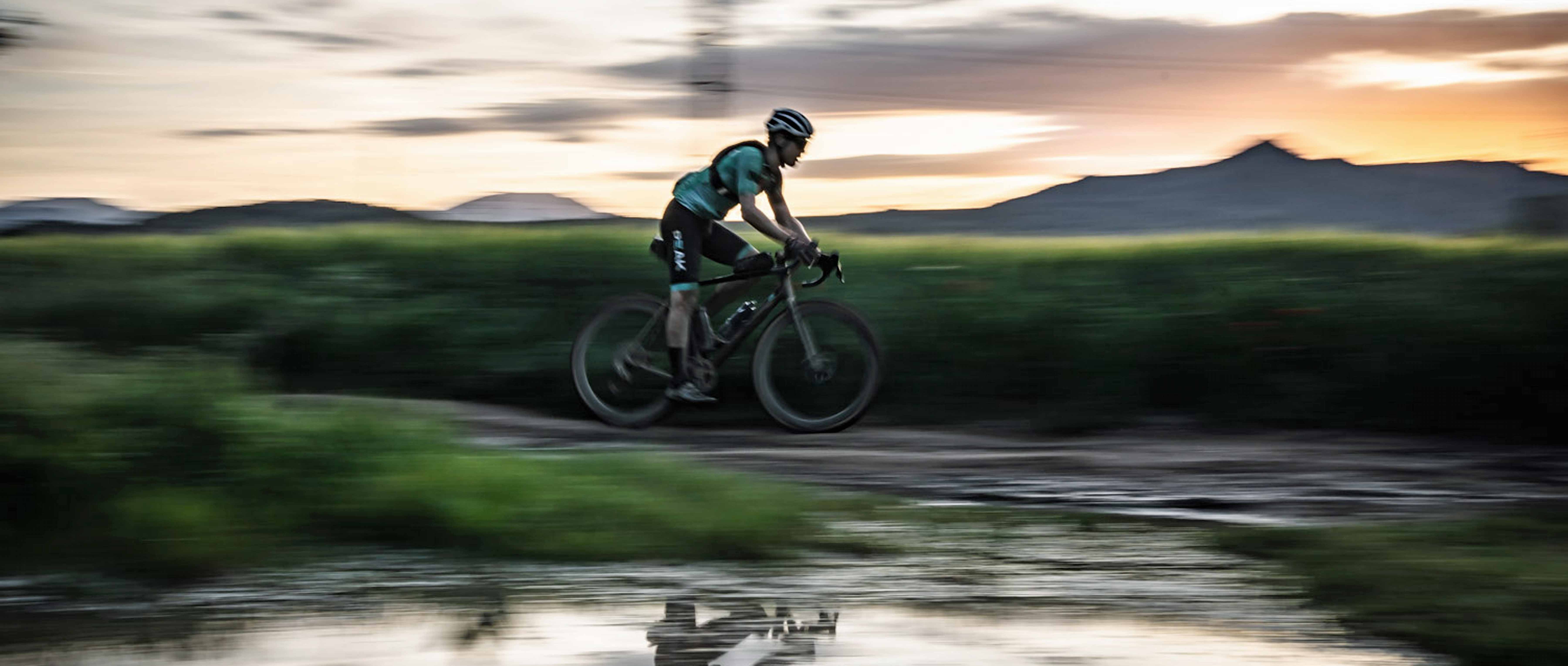
I had the privilege to ride the golden hour with the sun setting in one of the most beautiful parts of the course, green crop-filled valleys with a backdrop of rolling hills reflected the orangey sunlight creating infinite tones. Seeing such beauty when I had ridden my bike more than 300 km was a gift and was a moment I have mentally recorded forever. There was no room for tiredness, just for beauty.
The night came when I was less than 20 km from the finish line. I had to deal with one of the most technical and slippery singletracks in the dark with my tiny light. I have to admit that I had not tested the light before and unfortunately, it proved to be insufficient for this type of terrain - I was not able to discern how muddy the track was. I have to remember to test absolutely everything and even do some night training before these types of races in future.
I could not believe it when I saw the lights from the finish line and started to hear the sound of the PA system and the music. I was there. I made it. I was about to finish. But this time, after 15 hours on the bike, I did not have the typical feeling of relief when you have arrived. Instead, I had a feeling of plenitude, a feeling of having been able to live and enjoy something unique and to have many moments that will be with me forever.

The Traka is not only a competitive race, but also a race of feelings. The Traka is an emotions generator. This race is an opportunity to feel the solitude of being with yourself. When you compete in The Traka, you enjoy nature and the environment at its maximum point, have quality time with yourself without any external inputs, think, smile, suffer and breathe deeply. You feel you are alive and you are doing something big.
All this is not a coincidence, it is working as designed. Gerard and Cris, the founders have planned this race as an adventure for yourself, as an emotional roller coaster and something that will make you feel things you will not forget easily. As Gerard said at the start, it was our day. It’s no wonder why in just five years this race has grown from 100 participants to 3200 people attending. We respected and enjoyed the mountains and nature and our dreams came true.
All images courtesy of @The Traka